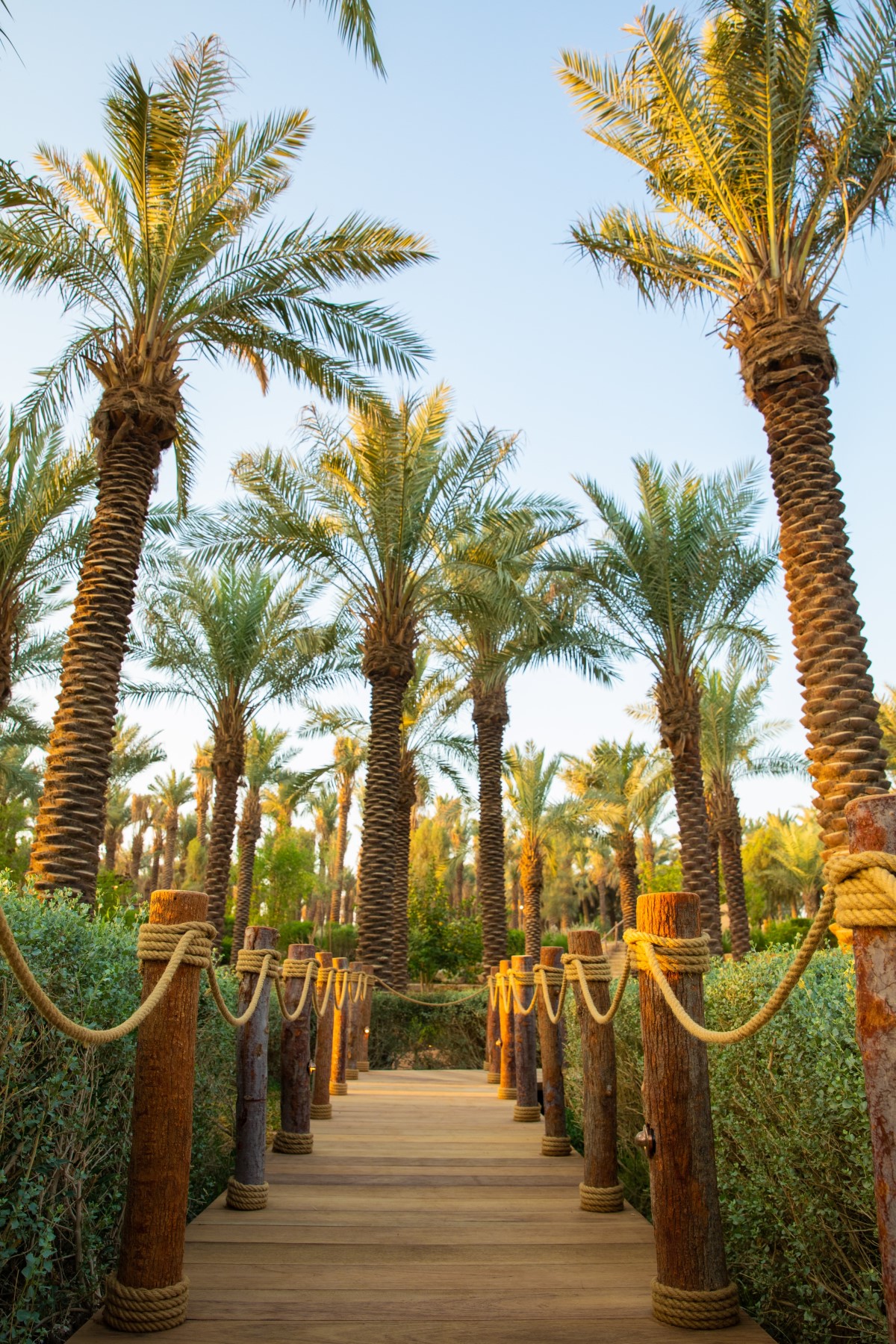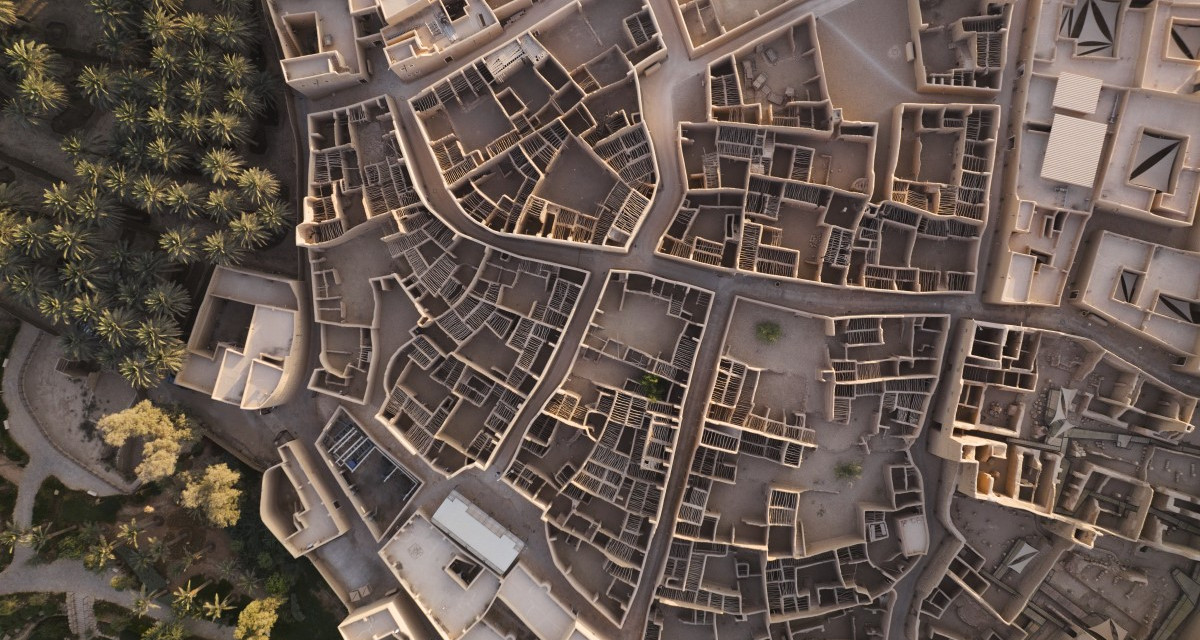(Promotional)
Diriyah has ambitions that go far beyond establishing a reputation as an international tourism destination.
Most established cities that are looking to be smarter start with a problem,” says Julie Alexander, director of smart cities and environmental sustainability at Diriyah Gate Development Authority (DGDA). “[But] we haven’t approached designing or building our city to be smart in that manner.”
Formerly director of smart city research and urban development at Siemens, where she spent just under seven years studying the impact new technologies can have on urban environments, Julie is helping the DGDA build a city of the future that is rooted in the past.
Saudi Arabia’s historic heart, Diriyah, is being transformed into a global tourism destination steeped in more than 300 years of history that, on opening, aims to attract 27 million tourists. Ultimately, Diriyah is a hybrid project: a mixed-use development inspired by the principles of new urbanism and historical Najdi architectural typology.
A significant part of its first phase will be constructed in traditional mud-brick form and will be fully pedestrianised. Built from natural materials – the company is producing more than 180 million mud bricks to cover all of the structures – and indigenous architectural principles designed to keep inhabitants cool, it will be a new district based on old wisdom. “Over time, not just here, but everywhere, we’ve lost that innate knowledge that people used to have about how to best survive in the climate that you’ve been given,” Julie says, explaining that these mud-brick residences are but the first phase of a three-tier masterplan. Newer and sturdier materials are required for high-rise apartments, offices and mixed-use properties.
Allied with this homage to the Najdi style is a drive to draw on local talent. This year, as part of the state’s green initiative, government-funded projects will need to source 60 per cent of their materials from local suppliers. This extends beyond construction materials to things like desks, bottles of water and sanitiser.

Utilising state-of-the-art technology, Diriyah will be managed and supported in all aspects of urban life: electricity, water, sewerage and traffic, with a zero-carbon footprint. DGDA is harnessing solar and wind energy from across the kingdom and will install water systems, piping and technology to ensure that water is recycled efficiently. A treatment facility will clean and filter the wastewater which will be funnelled through a network of underground pipes to sprinklers to hydrate plants in landscaped plots,
Diriyah’s infrastructure will be reliant on data derived and aggregated from events happening in real time. Rather than guess how inhabitants might behave, data-monitoring capabilities mean that services can be adjusted according to factors such as population density, time of day and weather patterns. CCTV cameras, traffic light systems, parking and street lights will be adjusted in real time meaning that energy is conserved and only used when it is needed.
“Something that attracted me to this project was the fact that we are building a smart city [in its entirety]. In Europe somebody might have a great integrated traffic management system or somebody might have a great security system, but we’re building from the ground up and integrating all of these different systems. That is something that is quite unique.”
Creating urban environments that work from the bottom up, which serve the needs of their citizens without costing the planet, is a difficult task. For Julie it is a noble and imperative cause; one that requires an ability to adapt.
“There is an element of having to try and think through all of those potential issues before they arise. You have to build something that you think might cope with that and the reality is that it could need to evolve with time and the advancement of technology to go down different paths based on social changes and requirements. The key will be to modify things going forward, depending on how people use the development and how people actually live there, because things will always change and as a city of the future, we will need to adapt.”







